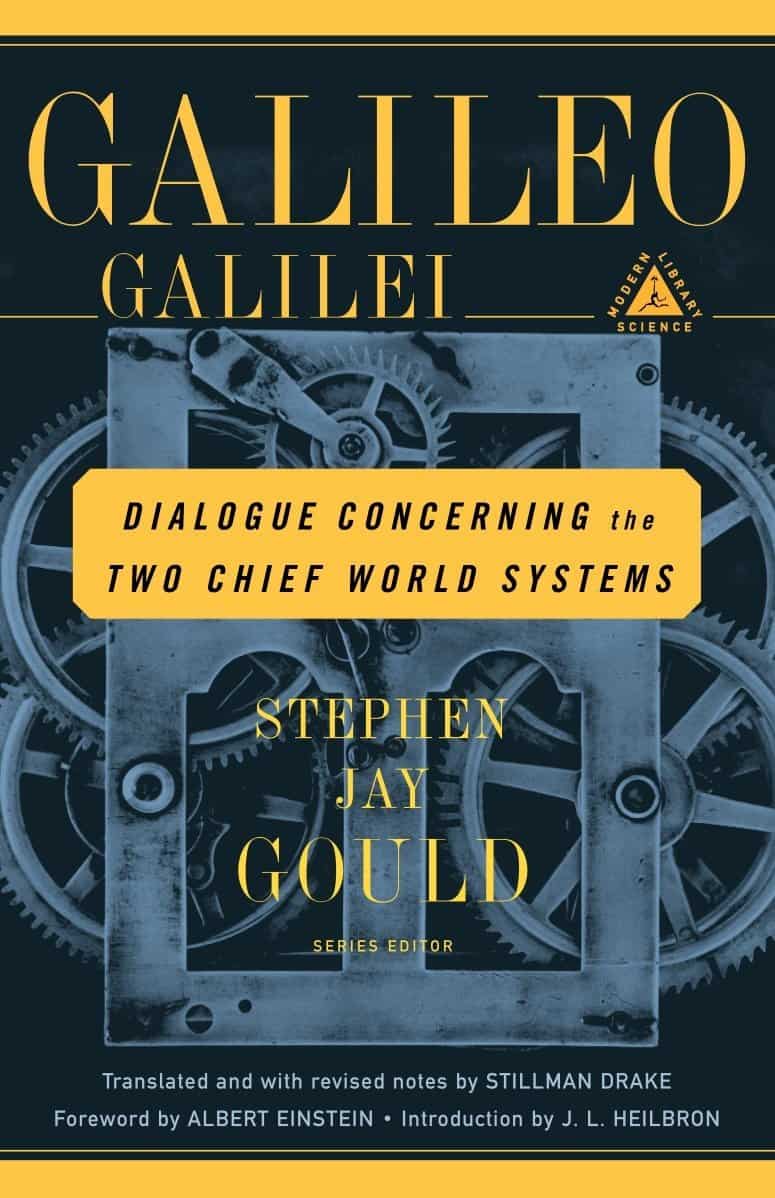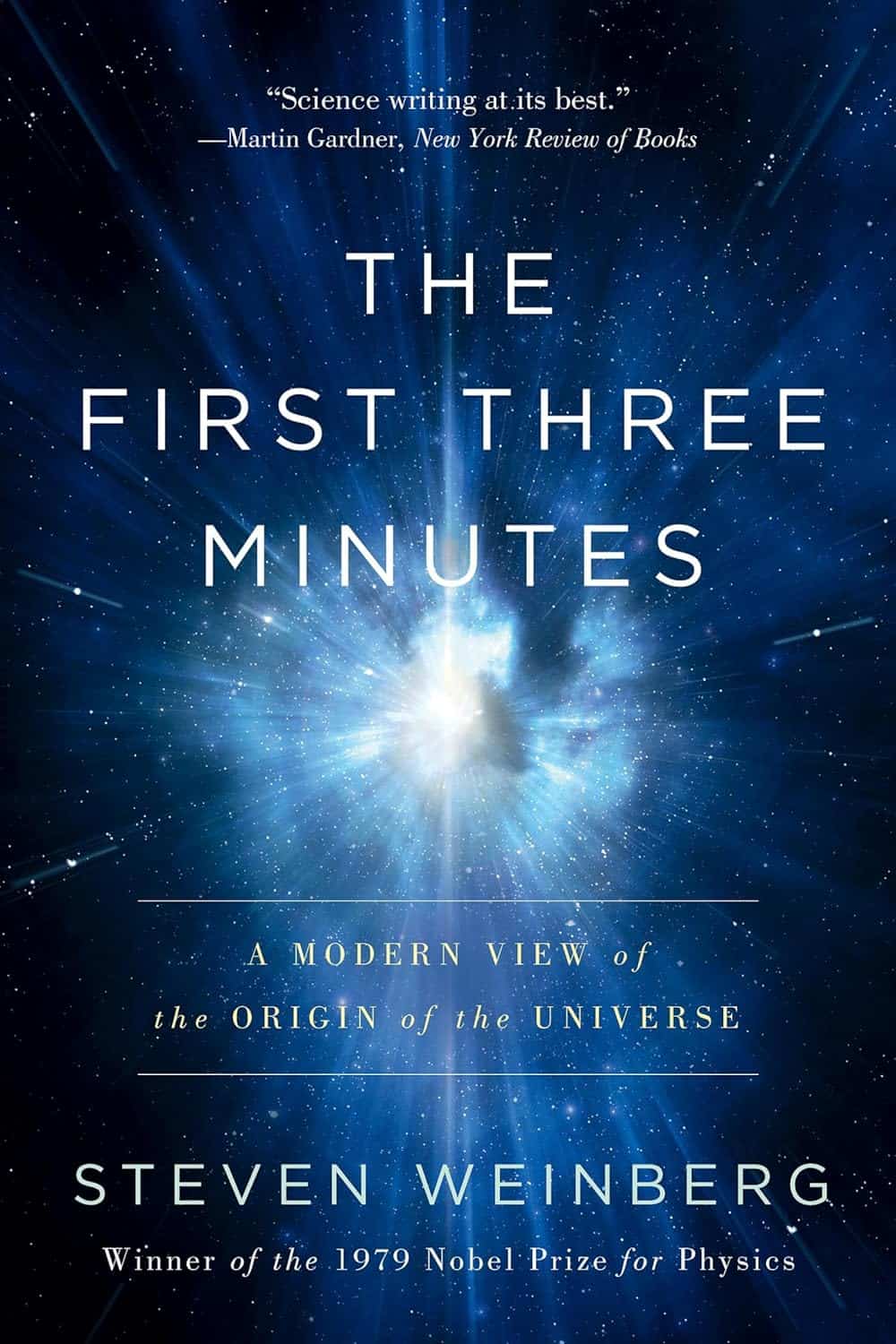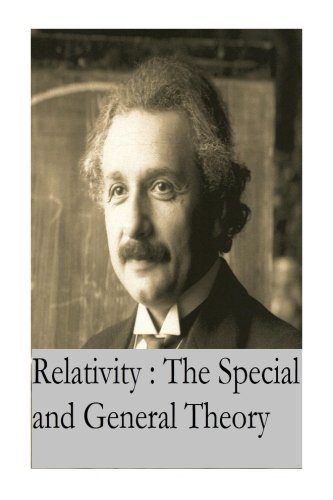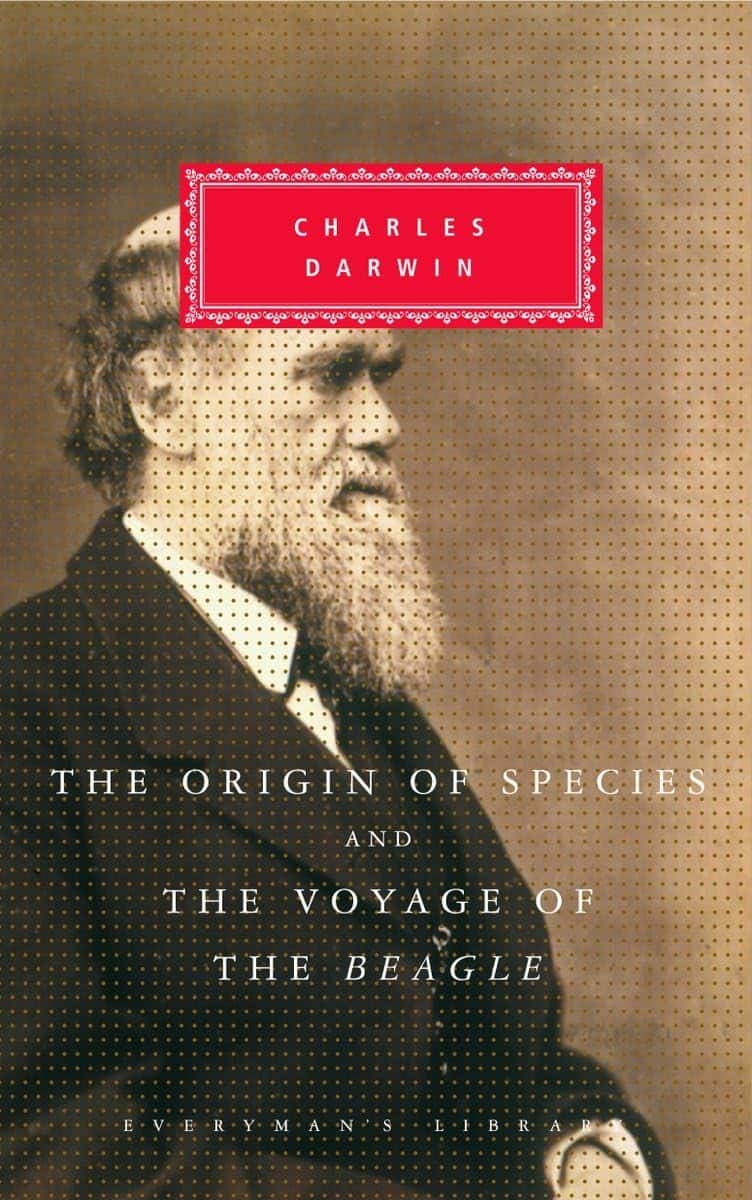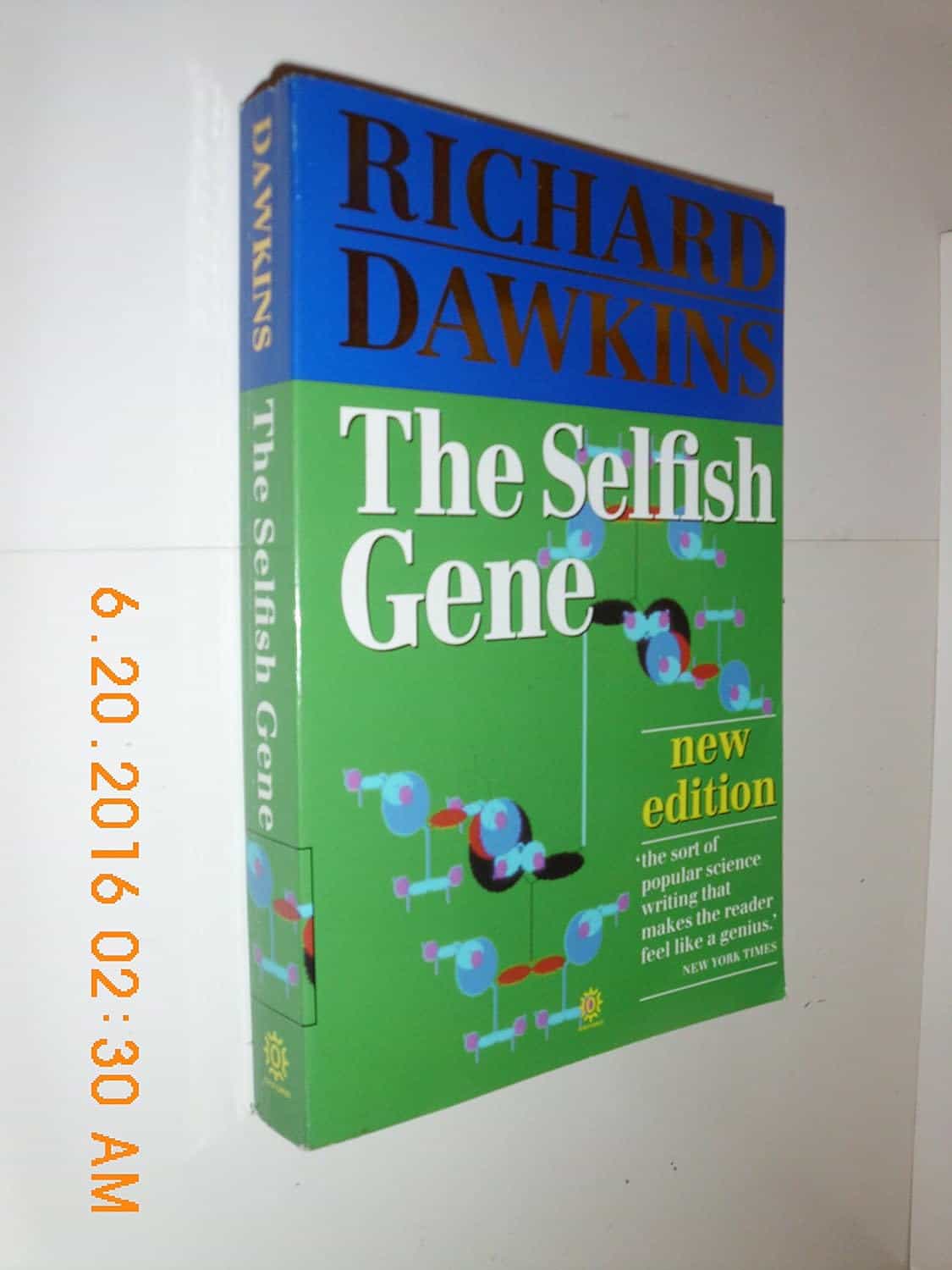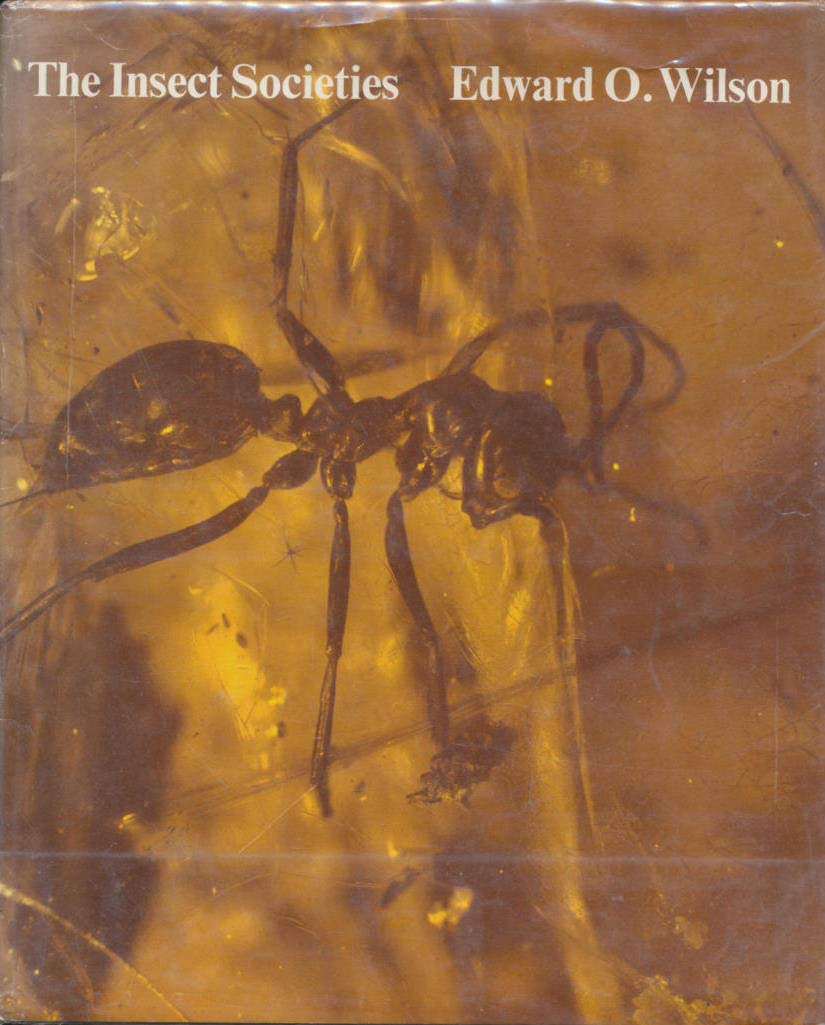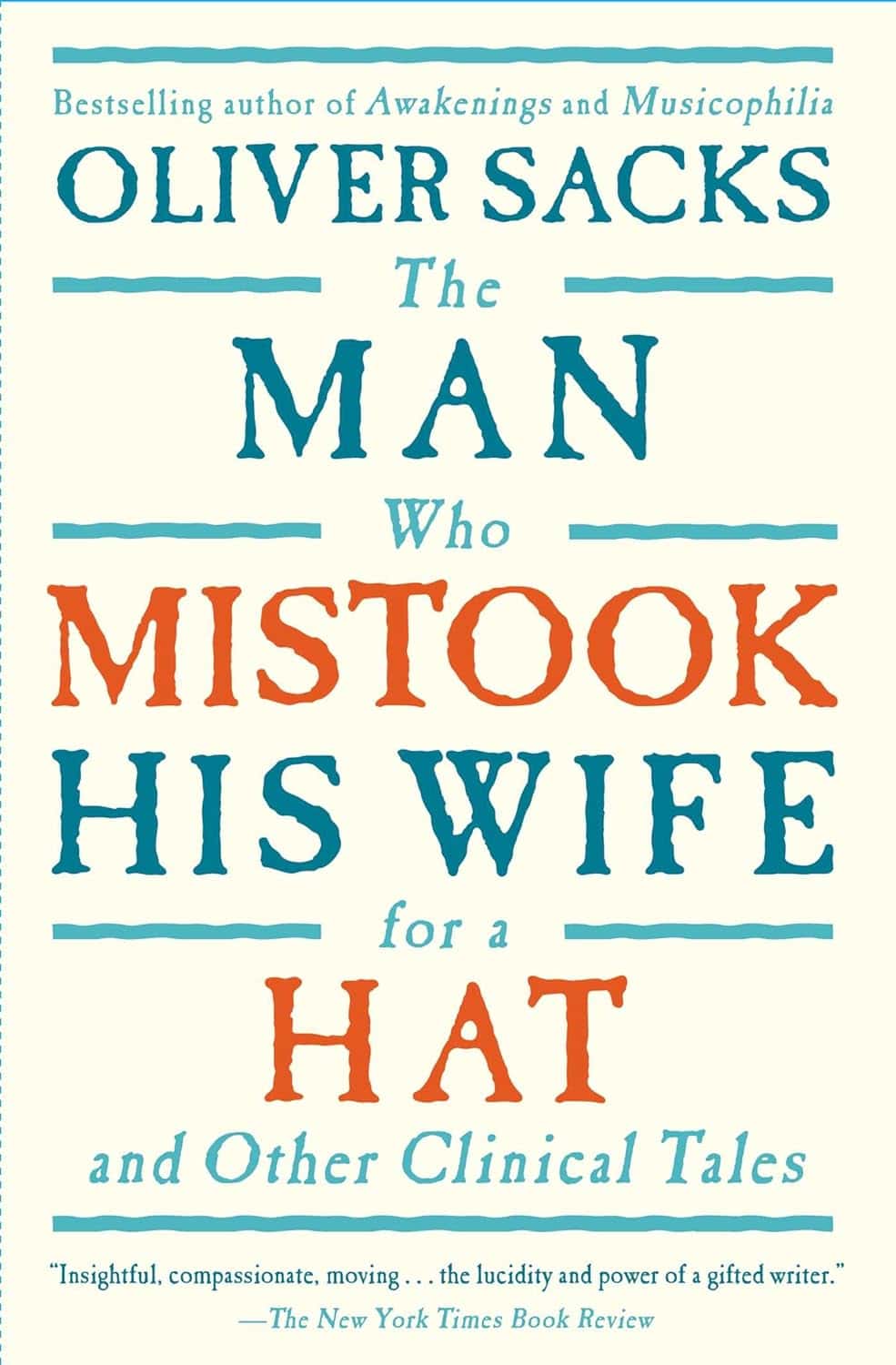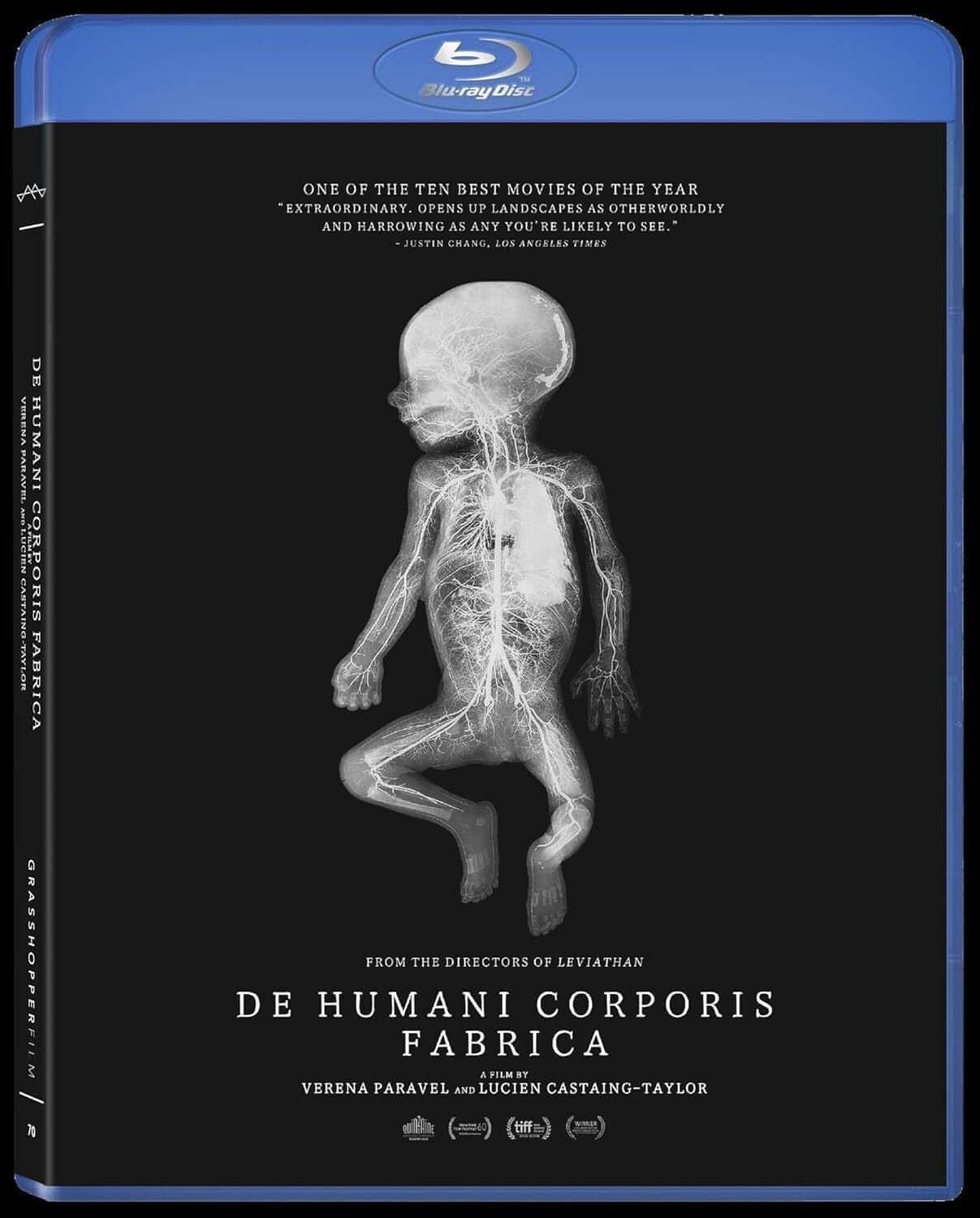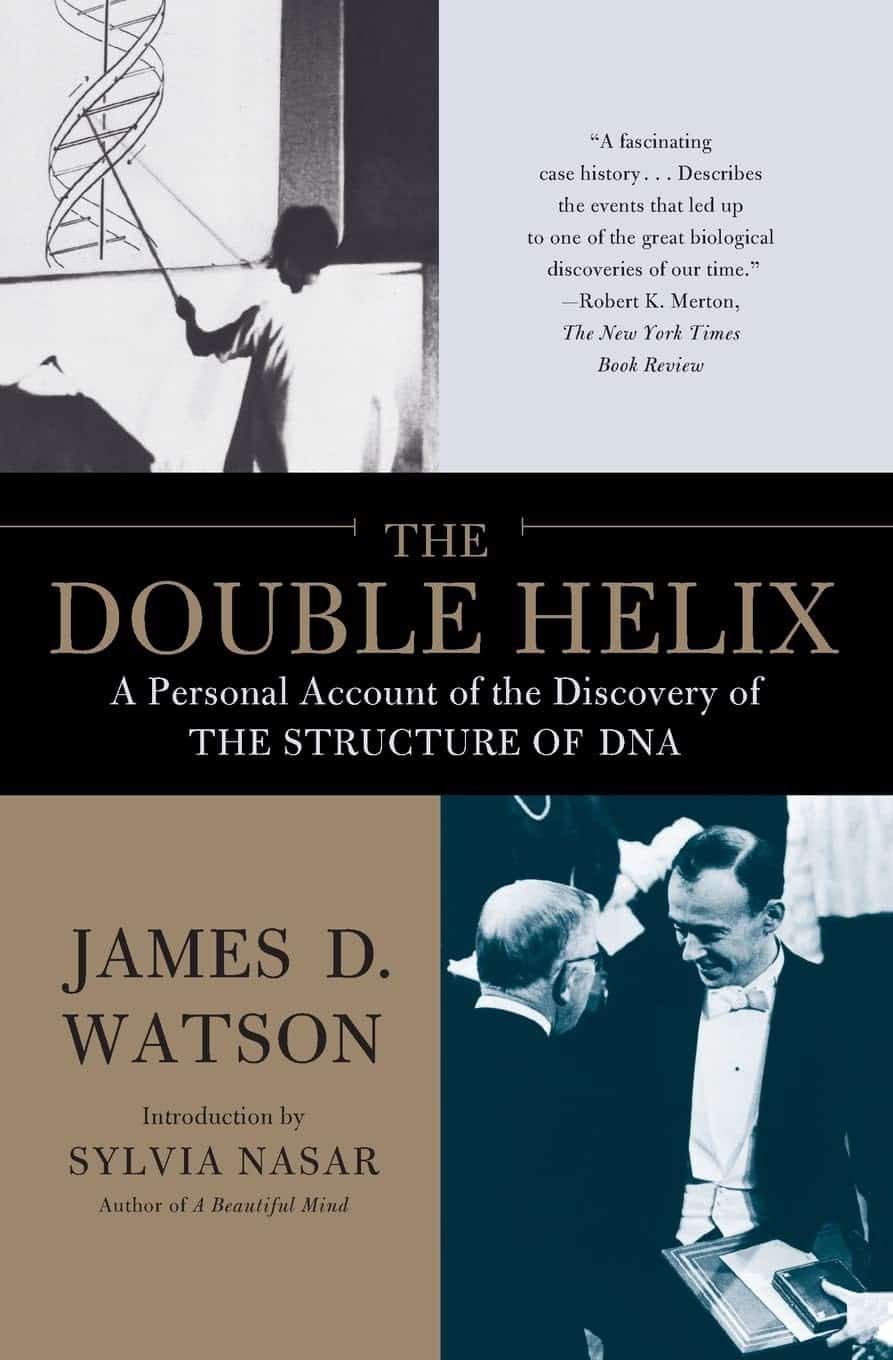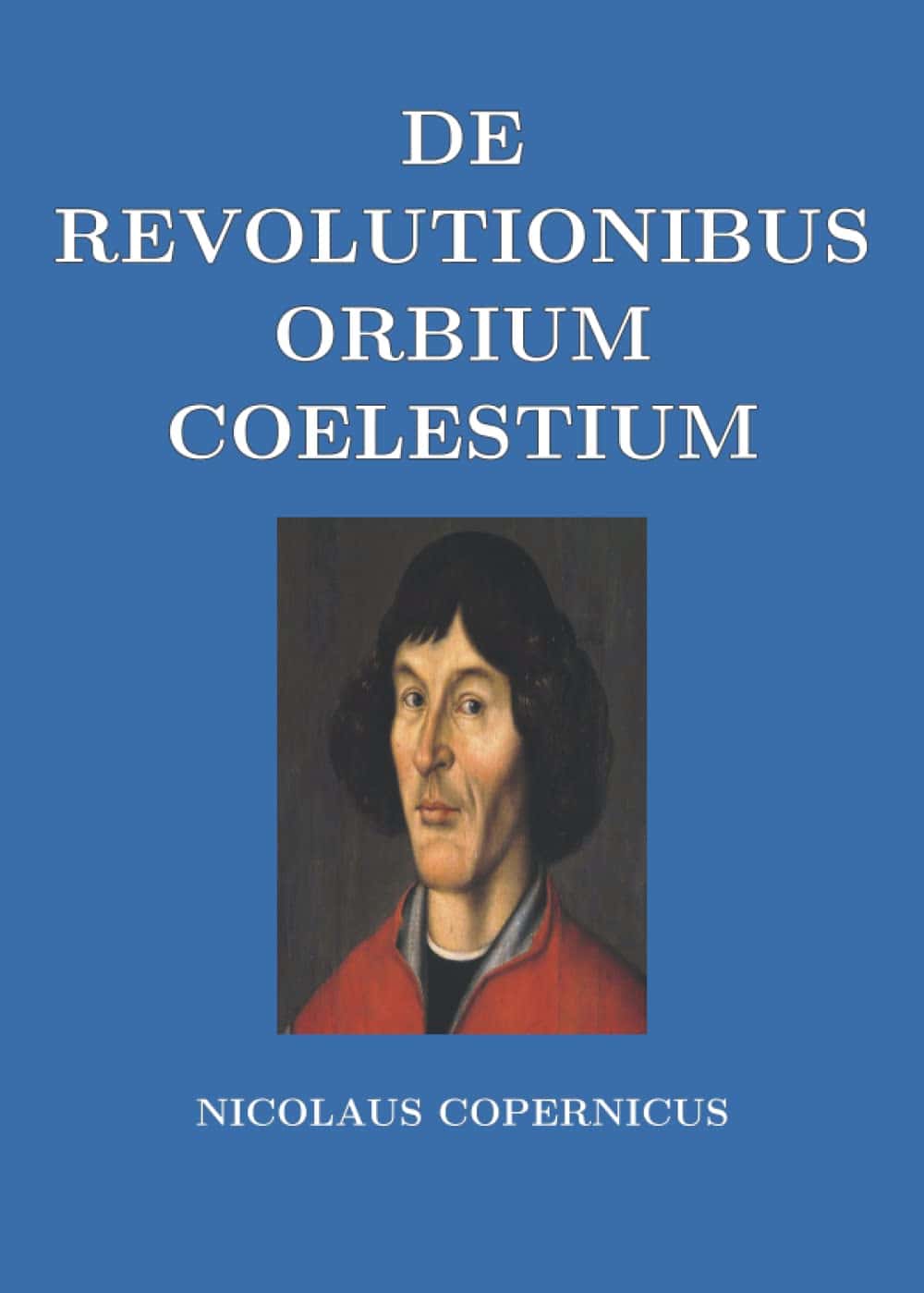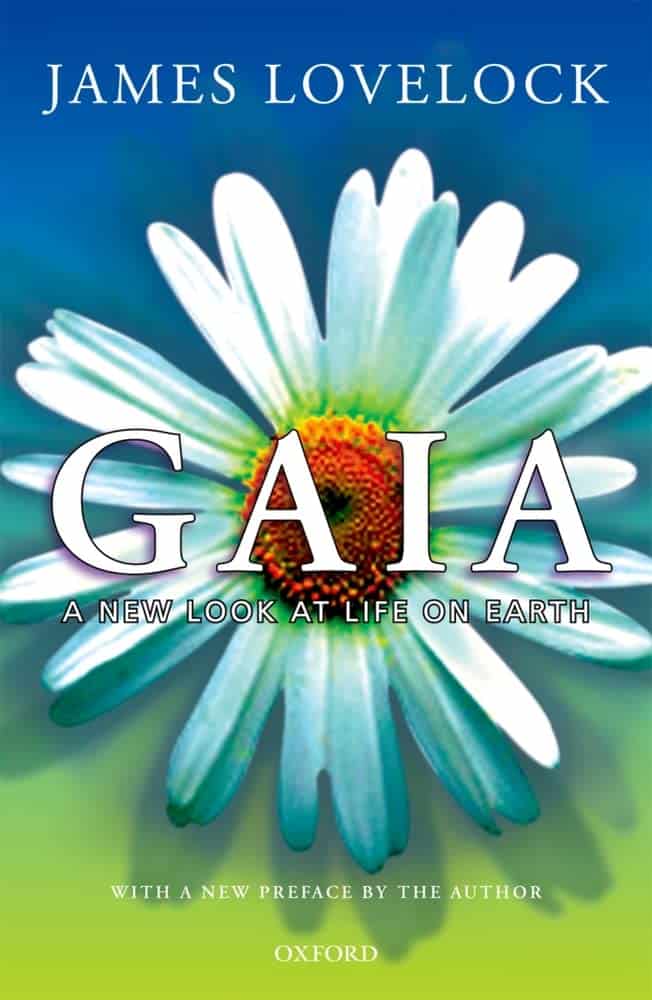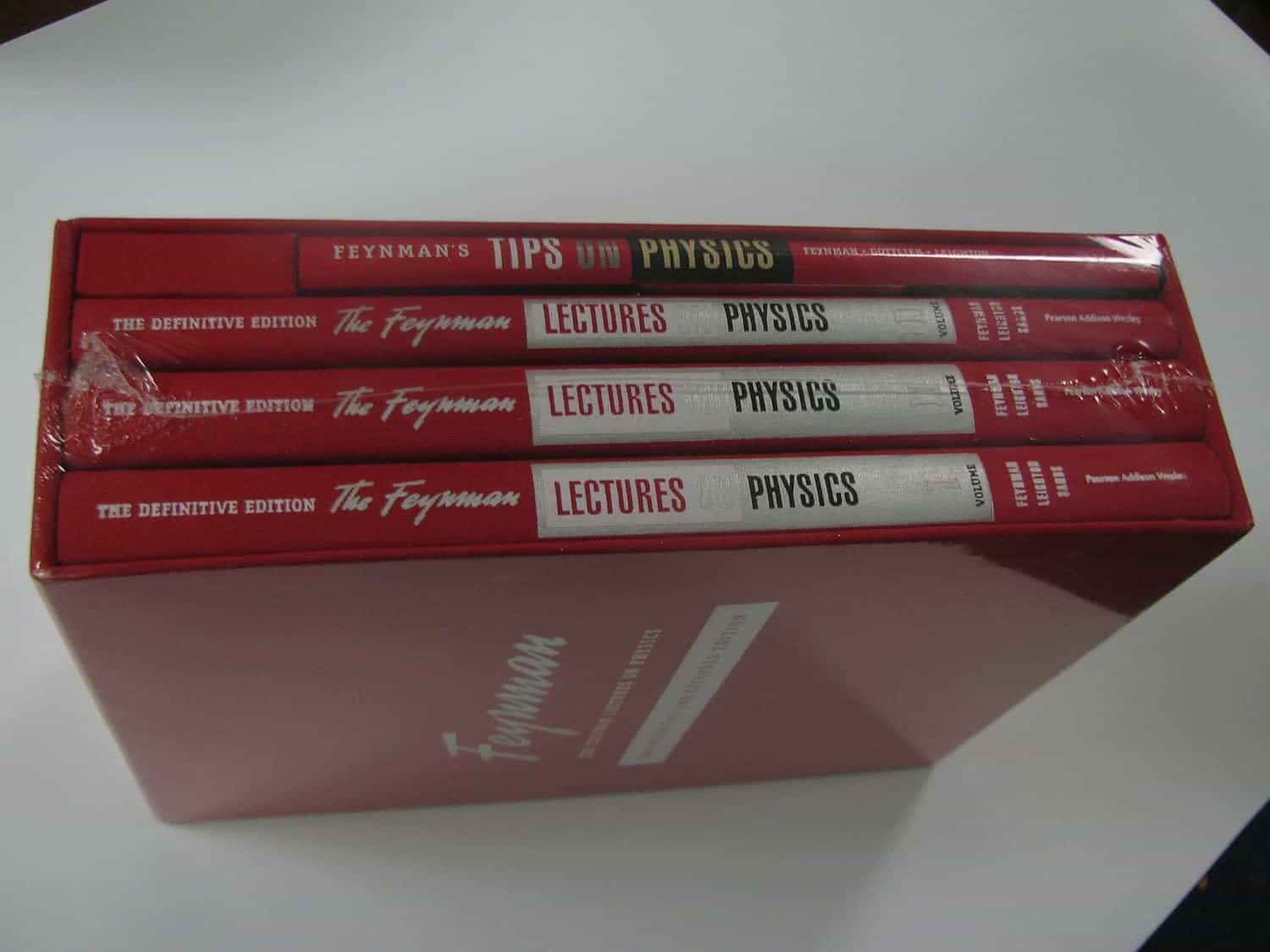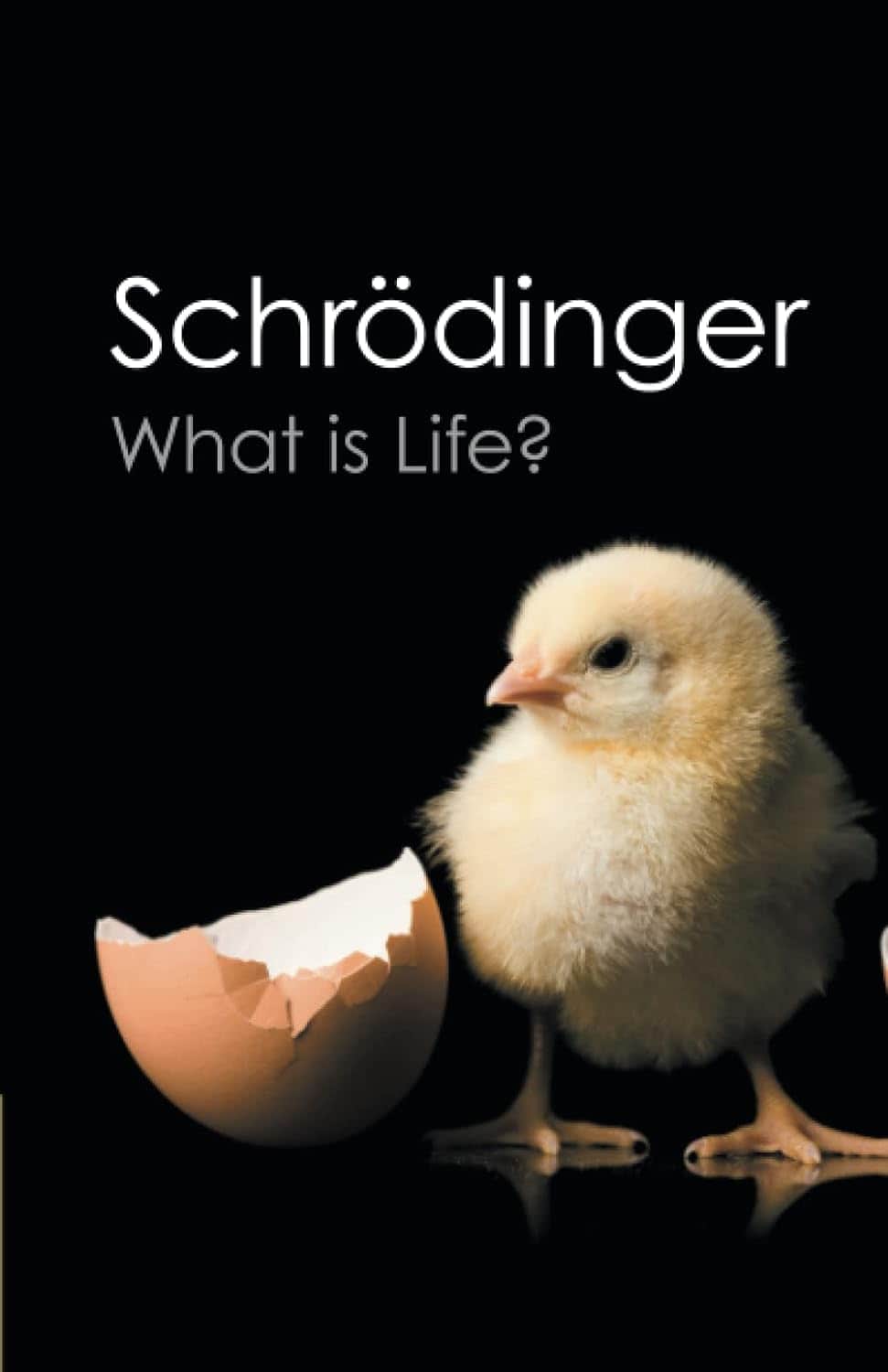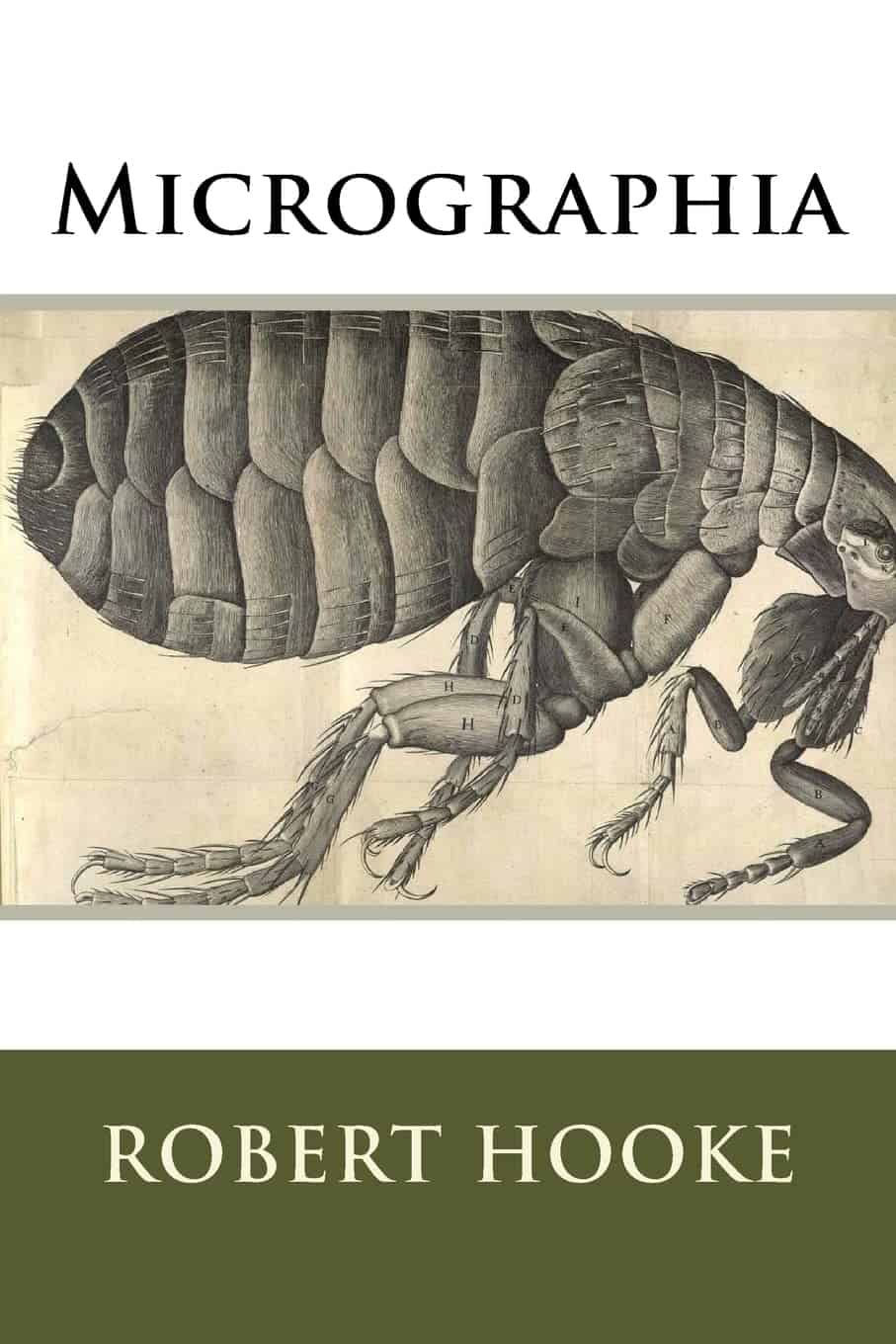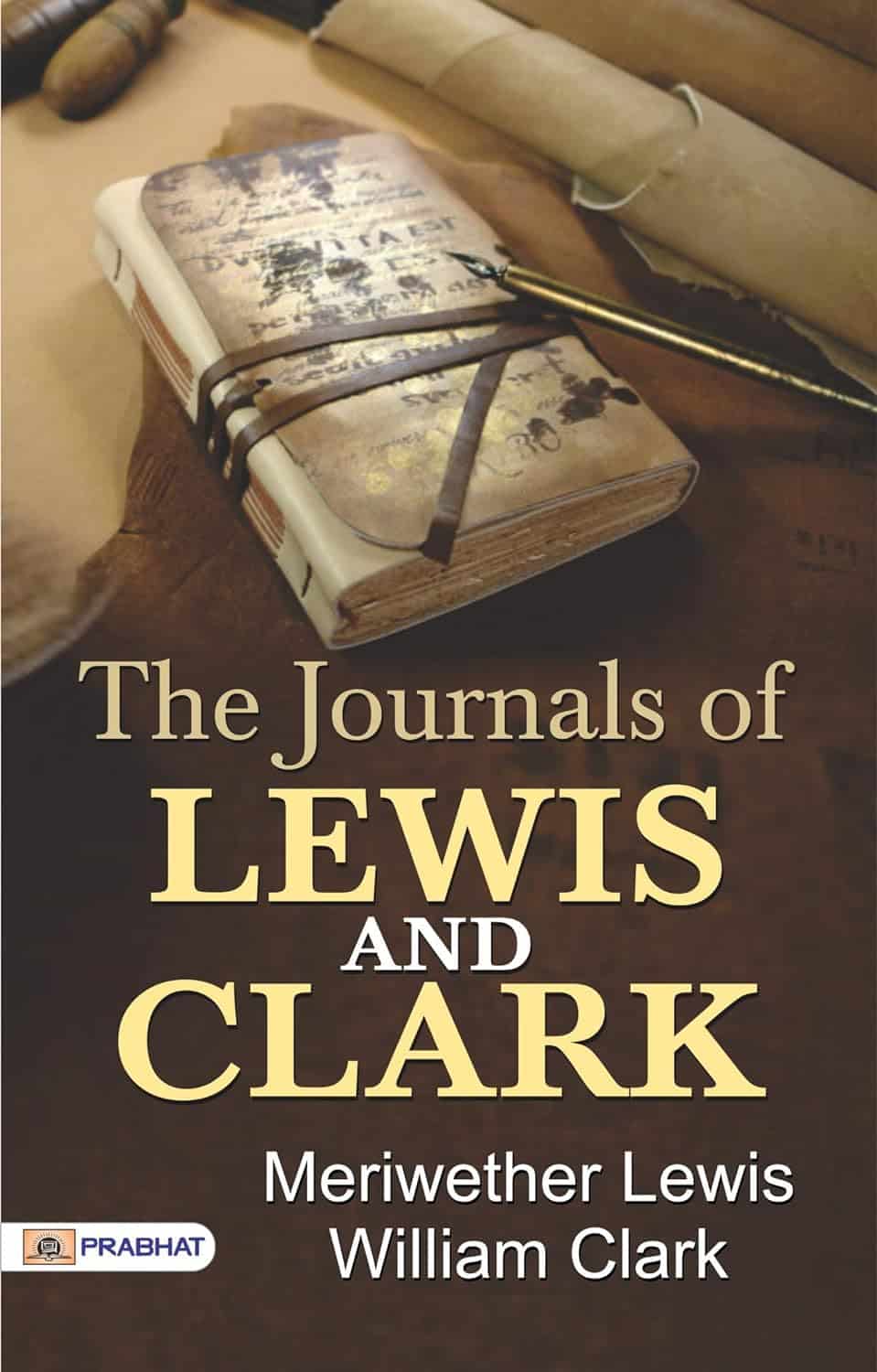The 18 greatest science books of all time have been selected based on their impact on scientific knowledge and their influence on society. These books cover a wide range of scientific fields, including physics, biology, chemistry, and mathematics.
They have been written by some of the most brilliant minds in history, and their contributions to science have been invaluable. This list includes works such as “On the Origin of Species” by Charles Darwin, “The Structure of Scientific Revolutions” by Thomas Kuhn, and “A Brief History of Time” by Stephen Hawking.
1. Dialogue Concerning the Two Chief World Systems by Galileo Galilei (1632)
Galileo Galilei’s Dialogue Concerning the Two Chief World Systems is a satirical conversation between three characters: Salviati, Sagredo, and Simplicio. Salviati and Sagredo are supporters of Copernicus’s heliocentric view of the solar system, while Simplicio represents the Aristotelian view of the Church.
The dialogue was written with the permission of Pope Urban VIII, who asked Galileo to write a neutral treatise on the new sun-centered view of the solar system.
The book is an engaging read, with Galileo’s discussions of recent astronomical findings being particularly exciting. He presents his arguments in a clear and entertaining manner, making his points with wit and humor. However, the book also contains a section in which Galileo argues that ocean tides prove the Earth is in motion, which is now known to be incorrect.
Galileo’s aim was to challenge the Aristotelian thinking of the Church and to promote the Copernican view of the solar system. However, his book caused controversy, and he was eventually brought before the Inquisition.
Despite this, the Dialogue Concerning the Two Chief World Systems remains one of the most influential books in the history of science and a testament to Galileo’s skill as a writer and scientist.
2. The First Three Minutes by Steven Weinberg (1977)
Steven Weinberg, a Nobel Prize winner in Physics in 1979, wrote The First Three Minutes, a popular account of the Big Bang scenario resulting from the study of the early universe. During Weinberg’s student years, the study of the early universe was not considered a respectable field for scientists.
However, after World War II, radar researchers directed their instruments towards the sky, which helped to bring creation stories out of the realm of myth and into the realm of science. The book’s 1993 afterword discusses recent advances, but surprisingly, only the description of the first fraction of a second of cosmic history has changed significantly.
3. Relativity: The Special and General Theory by Albert Einstein (1916)
Albert Einstein’s book, “Relativity: The Special and General Theory,” published in 1916, revolutionized the way people thought about space and time. The book explains Einstein’s theories in a way that is accessible to those who are not familiar with the underlying mathematics.
In the special theory of relativity, Einstein uses the example of a train filled with rulers and clocks to explain how time and space are not absolutes. In the more complex general theory, he takes readers on a journey through empty space in a cosmic elevator.
However, as Einstein warns in the preface, the book requires patience and force of will from the reader. Overall, “Relativity” is a testament to Einstein’s skill as a popularizer of his ideas.
4. The Voyage of the Beagle (1845) and The Origin of Species (1859) by Charles Darwin
Charles Darwin’s The Voyage of the Beagle and The Origin of Species are two of the most influential books in the history of science. The Voyage of the Beagle is a fascinating account of Darwin’s five-year journey around the world on the HMS Beagle, during which he collected specimens and made observations that would later inform his theory of evolution.
The book is written in a lively and engaging style, and it provides a vivid picture of the natural world as Darwin experienced it.
However, it is The Origin of Species that is Darwin’s most famous and important work. In this book, Darwin presents his theory of evolution by natural selection, which suggests that all species of organisms arise and develop through the natural selection of small, inherited variations that increase the individual’s ability to compete, survive, and reproduce.
This theory challenged the prevailing view of the time, which held that each species had been created by God in its present form.
The Origin of Species is a carefully argued and meticulously researched book that draws on a wide range of evidence from the natural world. Darwin presents a wealth of examples to support his theory, and he anticipates and responds to many of the objections that might be raised against it. The book is written in clear and accessible language, and it remains a classic of scientific literature.
Darwin’s ideas were controversial when they were first published, and they continue to be the subject of debate and discussion today. However, there is no denying the profound impact that Darwin’s work has had on our understanding of the natural world and our place in it.
The Voyage of the Beagle and The Origin of Species are both essential reading for anyone interested in the history of science or the development of evolutionary theory.
5. The Selfish Gene by Richard Dawkins (1976)
In his book “The Selfish Gene,” Richard Dawkins presents an alternative view of evolution, arguing that genes are not concerned with the survival of organisms, but rather their own survival. This perspective challenges the traditional idea that altruistic behavior in animals evolves for the good of the species, suggesting instead that it is a form of disguised selfishness.
Dawkins compares genes to successful gangsters, surviving in a highly competitive world. This thought-provoking book offers a new way of understanding evolution and has become a classic in the field of evolutionary biology.
6. The Insect Societies by Edward O. Wilson (1971)
Edward O. Wilson’s book, The Insect Societies, is a comprehensive study of the social behavior of ants, termites, bees, and wasps. This 500-page treatise is a must-read for anyone interested in modern evolutionary biology. Wilson’s work in this book laid the groundwork for his 1975 classic, Sociobiology: The New Synthesis, which explores the idea that social behavior has a deep biological basis.
The book is infused with Wilson’s boundless fascination for his tiny subjects, and he openly acknowledges the quirkiness of his obsession. The dedication reads, “For my wife Irene, who understands.” The Insect Societies is unmatched in scope and detail by any other work on the topic, except for Wilson’s own 1990 volume, The Ants.
7. The Man Who Mistook His Wife for a Hat and Other Clinical Tales by Oliver Sacks (1985)
In this book, Oliver Sacks presents profiles of patients with unusual neurological disorders in a lively and engaging prose. He writes with the gentle affection of a country doctor on house call and a contagious sense of wonder. Rather than dryly reporting each case, Sacks presents each patient as a hero of their own story.
The book has revolutionized the centuries-old literary tradition of presenting clinical case studies. It has become a source of inspiration for legions of neuroscientists who are now probing the mysteries of the human brain.
8. Silent Spring by Rachel Carson (1962)
Silent Spring, written by marine biologist Rachel Carson in 1962, is a meticulously documented indictment of DDT. Carson argues that DDT not only indiscriminately kills insects, including beneficial species like bees, but also accumulates in the fat of birds and mammals high on the food chain, thinning eggshells and causing reproductive problems. The book’s impact led to a U.S. ban on the insecticide and to the birth of the modern environmental movement.
When Silent Spring was first published, Carson faced criticism from those who labeled her “hysterical” and “extremist.” However, her chilling vision of a birdless America still resonates today. Carson writes, “Over increasingly large areas of the United States, spring now comes unheralded by the return of the birds, and the early mornings are strangely silent where once they were filled with the beauty of birdsong.”
Silent Spring’s influence has been far-reaching, and it remains a seminal work in the field of environmental science.
9. De Humani Corporis Fabrica (On the Fabric of the Human Body) by Andreas Vesalius (1543)
Andreas Vesalius, an anatomist, published the world’s first comprehensive illustrated anatomy textbook in 1543. Before Vesalius, anatomists dissected the human body according to instructions specified by ancient Greek texts.
Vesalius, however, conducted his own dissections and reported findings that differed from the ancients’ on various points of anatomy. The textbook, De Humani Corporis Fabrica, contained hundreds of illustrations, many of which were created in meticulous detail by students of Titian’s studio. The illustrations are stunning and are considered a masterpiece of Renaissance art.
10. Gorillas in the Mist by Dian Fossey (1983)
Gorillas in the Mist is a book by Dian Fossey that details her 13-year experience living among African mountain gorillas in a remote rainforest. Fossey was one of three protégés selected by anthropologist Louis Leakey to conduct field studies of great apes.
Throughout her time with the gorillas, Fossey was committed to their protection and conservation, often expressing anger over the threat of poachers and the loss of their habitat. Unfortunately, Fossey was murdered in 1985, possibly by poachers. Her book is a valuable scientific contribution, made all the more poignant by her tragic death in service of these intelligent and peaceful animals.
11. The Double Helix by James D. Watson (1968)
The Double Helix by James D. Watson is a book that chronicles the race to discover the structure of DNA. Watson’s candid and often impolite account of his role in the discovery of DNA’s structure was met with criticism from many of his colleagues. However, it remains a remarkable piece of scientific writing.
One of the most significant parts of the book is Watson’s description of his interactions with DNA researcher Rosalind Franklin. Franklin’s X-ray crystallography images showed that DNA was a helix, a crucial piece of data that Watson and his collaborator Francis Crick used to construct their DNA model.
Unfortunately, Franklin passed away from ovarian cancer in 1958, before she could receive the Nobel Prize for her contribution. In the book’s epilogue, Watson acknowledged Franklin’s role in the discovery of DNA’s structure.
Geneticist Mary-Claire King of the University of Washington described The Double Helix as “the telenovela of my generation of geneticists.”
12. De Revolutionibus Orbium Coelestium (On the Revolutions of Heavenly Spheres) by Nicolaus Copernicus (1543)
De Revolutionibus Orbium Coelestium, published in 1543 by Nicolaus Copernicus, challenged the prevailing belief that the Earth was the center of the universe. Copernicus proposed that the Earth and other planets orbit the sun, which was a radical idea at the time. This work marked a major shift in scientific thought, as it departed from religious dogma and moved towards evidence-based explanations.
Although Copernicus waited until he was on his deathbed to publish the volume, it was not until long after his death that the book was placed on the Inquisition’s index of forbidden books. The book’s title page warns that it is not user-friendly and that “Let no one untrained in geometry enter here.” Despite this, De Revolutionibus remains a groundbreaking work in the history of science.
13. Gaia by James Lovelock (1979)
James Lovelock, a scientist and inventor, introduced the concept of Gaia in his book “Gaia: A New Look at Life on Earth” in 1979. According to Lovelock, the Earth is a self-regulating system in which all living beings, from the smallest virus to the largest whale, are interconnected and form a single living entity known as Gaia. This entity is capable of manipulating the Earth’s atmosphere to suit its overall needs.
Initially criticized as mystical, Lovelock has since refined the Gaia hypothesis and clarified that he never implied that Gaia was a sentient being. Gaia theory has influenced many environmental movements and continues to be a subject of study and debate among scientists.
Some key points about Gaia theory are:
- The Earth is a self-regulating system.
- All living beings are interconnected and form a single living entity known as Gaia.
- Gaia is capable of manipulating the Earth’s atmosphere to suit its overall needs.
- Gaia theory has influenced many environmental movements and continues to be a subject of study and debate among scientists.
Lovelock’s concept of Gaia has had a significant impact on the way we view our planet and its ecosystems.
14. The Feynman Lectures on Physics by Richard P. Feynman, Robert B. Leighton, and Matthew Sands (1963)
The Feynman Lectures on Physics is a three-volume set of undergraduate physics lectures presented by physicist Richard Feynman at Caltech in the 1960s. The lectures cover a wide range of topics, from Newtonian mechanics to quantum mechanics, and are widely regarded as an enduring classic.
The first 94 lectures provide an in-depth understanding of basic physics, while the final 21 delve into quantum mechanics. Feynman’s characteristic humor and exceptional explanations make these lectures accessible to students at all levels.
According to psychiatrist Richard A. Friedman of Cornell University, Feynman’s lectures are not only appealing to those in the field of physics but also to those outside the field. Feynman’s use of metaphor and his luminous mind make it possible to grasp complex concepts in modern physics without formal understanding of complex math, up to a certain point.
15. What Is Life? by Erwin Schrödinger (1944)
In his book “What Is Life?”, Nobel Prize-winning physicist Erwin Schrödinger delves into the fundamental differences between living organisms and inanimate objects like crystals. He notes that the two groups obey different laws, and ponders over the “paragon of orderliness” that characterizes living things. Schrödinger’s work has been a classic among biologists, and some editions include an autobiographical sketch where he describes the conflict over teaching Darwin that raged when he was in school, as well as his own fascination with evolution.
The book has been credited with sparking the interest of pioneers of molecular biology like Francis Crick in the 1950s. Schrödinger’s clear and neutral tone provides a confident and knowledgeable perspective on the question of what constitutes life.
16. Micrographia by Robert Hooke (1665)
Micrographia, written by Robert Hooke in 1665, was a groundbreaking work that unveiled the microscopic world. Hooke, an early pioneer of the compound microscope, used his device to examine the eyes of flies, the stinger on a bee, hairs, bristles, sand particles, seeds, and more, documenting every detail with both words and masterful illustrations.
The original book weighs a substantial three pounds, making the digital versions now available more convenient. However, there is something to be said for flipping through a printed copy and discovering, like a hidden treasure, each drawing in its beautiful intricacy.
17. The Cosmic Connection by Carl Sagan (1973)
Carl Sagan’s book, The Cosmic Connection, was published in 1973, at a time when NASA was struggling to recover from the end of the Apollo program. The book reignited public and scientific interest in the wonders of the universe, starting with the often-overlooked worlds of our own solar system.
Sagan also advocated for the search for extraterrestrial life and the likelihood of planets around other stars, two decades before their discovery. The TV series Cosmos brought Sagan’s message to the masses, but it all began with The Cosmic Connection.
18. The Journals of Lewis and Clark by Meriwether Lewis and William Clark (1814)
The Journals of Lewis and Clark is a chronicle of the epic 28-month expedition west to the shores of the Pacific Ocean, which began on May 14, 1804, from the mouth of the Missouri River. The journals offer a meticulous account of the unexplored, undeveloped America west of the Mississippi, providing an unprecedented glimpse into the region’s wildlife, geology, and interactions with native peoples.
The group’s naturalist and astronomer, Meriwether Lewis, and surveyor, William Clark, documented new species of wildlife, including coyotes, jackrabbits, and mule deer, among others. The journals also provide valuable insights into the interactions between the expedition and the native peoples.
While the complete copy of the Journals and their companion material can be heavy reading, an abridged version captures all the adventure in a palatably sized package. The Journals of Lewis and Clark remain a valuable resource for historians and enthusiasts alike, offering a unique perspective on one of history’s most famous tales of exploration.
Summary
The 25 greatest science books of all time cover a wide range of topics, from physics and mathematics to biology and astronomy. These books have had a significant impact on the field of science and have helped shape the way we understand the world around us.
They include classics like “On the Origin of Species” by Charles Darwin and “The Structure of Scientific Revolutions” by Thomas Kuhn, as well as more recent works like “The Selfish Gene” by Richard Dawkins and “The Elegant Universe” by Brian Greene. Each of these books offers a unique perspective on the scientific method and the discoveries that have shaped our understanding of the natural world.
